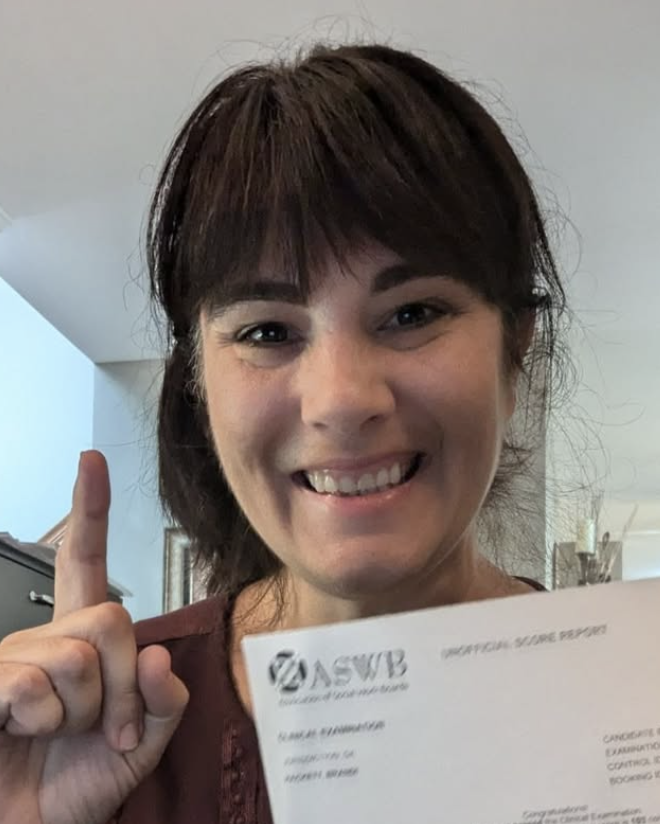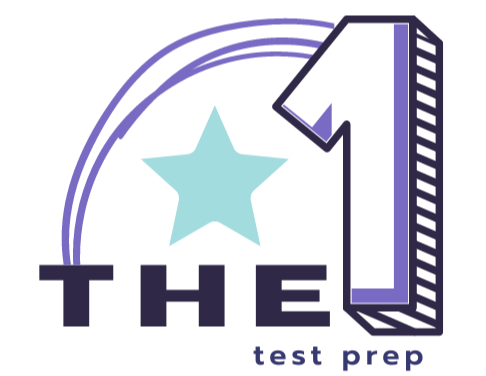🎓 Get Ready to Pass Your ASWB Exam with Confidence
Join our weekly live online ZOOM study sessions, led by a licensed social worker. Build test-taking confidence, learn proven strategies, and connect with peers—all from home.
Seats are limited—secure your spot today and start preparing with confidence!
Seats are limited—secure your spot today and start preparing with confidence!

About Our Study Sessions
Pricing & Membership
We will help you unlock your inner potential so you can excel in your professional field. Some of the benefits of our trainings are:
-
Your first live session is FREE!
-
Continue for just $10 a week (cancel anytime).
-
As a group member, you’ll unlock special discounted access to our full ASWB test prep programs:
📘 Bachelor’s Prep Package (98% nationwide pass rate)📗 Master’s Prep Package (98% nationwide pass rate)📕 Clinical Prep Package (98% nationwide pass rate)
Course reviews
“I was so nervous before my ASWB exam, but the live study sessions gave me the confidence I needed. I passed on my first try!”
Why The One Test Prep?
🔒 Proven Results
Our learners achieve a 98% pass rate across the U.S.
🎯 Comprehensive Programs
Curated learning content, practice tools, and tutoring add-ons designed for every level.
💡 Confidence-Driven
We don’t just prepare you for the test—we prepare you to succeed in your career.
Pass Your ASWB Exam with Confidence
Ready to take the stress out of studying?
